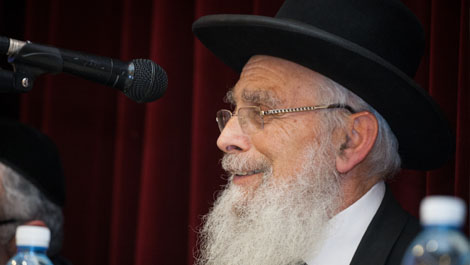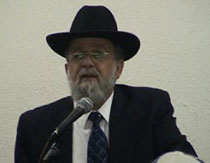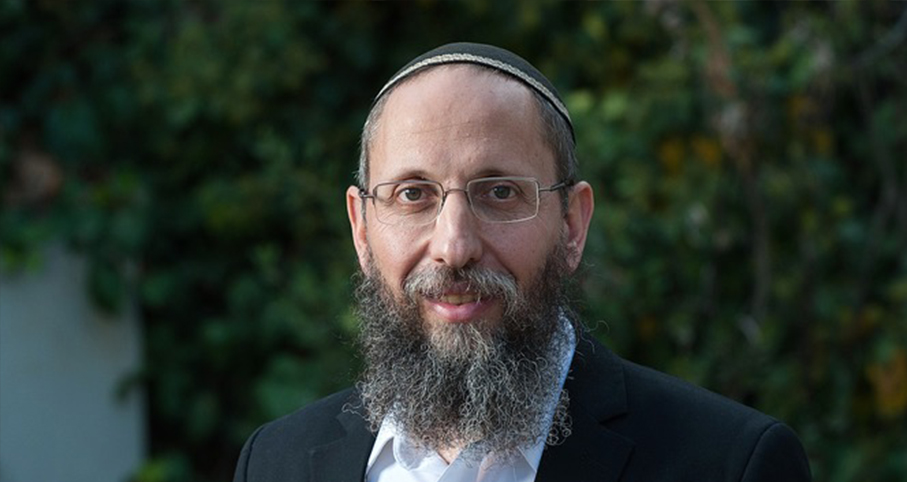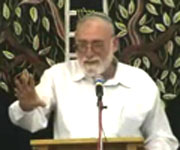Beit Midrash
- Torah Portion and Tanach
- The Four Parshiyot
- Para
The Red Heifer portion deals with the purification of ritual defilement resulting from contact with death. Interestingly, the sages teach that the ashes of the Red Heifer bring atonement. In other words, the Red Heifer not only purifies defilement, it also atones for sin.
Yet, what is it that the Red Heifer atones for? After all, becoming defiled through contact with the dead is not a sin. Why, then, should such a person need atonement?
In order to grasp the profoundity of atonement affected through the Red Heifer, we must look to the words of our beloved mentor, Rabbi Avraham Yitzchak HaCohen Kook (Orot, Yisrael Utchiyato 10).
There was once an individual who sought to create a "new Middle East," one in which peace and progress would prevail. The beauty of this goal is that it encompasses not only individual and national aspirations, but also the broader realm of international and regional aspirations.
However, according to the Torah, such aspirations are not nearly as broad as those of the Jewish people. In the words of Rabbi Kook, "The Jewish people aspire to ameliorate the world and everything in it." In other words, Judaism strives to mend the Middle East, the Far East, the West, North, and South, this world and all worlds, this generation and prior generations. This is the aim and aspiration of the Jewish people, and no less than this.
This idea is alluded to by the Red Heifer. As mentioned, the sages say that in addition to purifying, the Red Heifer brings atonement. What does it atone for? It atones for the ultimate source of impurity, for it is death that causes impurity and death came into existence because of sin. Were it not for sin there would be no death, and life would continue forever. The original sin brought death and, it follows, caused impurity.
The role of the Red Heifer, then, is not merely to purify the impure, but to atone for and rectify the source of impurity, the source of existence's decline. The task of the Red Heifer is to purify and elevate existence to its original lofty and pristine state.
This is the aspiration of the Jewish people today, striving to rebuild itself and its land. It is not a narrow, national aspiration; it is an aspiration that embodies true, ultimate goodness and penetrates the very root of existence.
To bring a new spirit of life to the entire world. To build a new world. This is the ultimate purpose of Israel's redemptive aspiration. This is the ultimate goal of the Messiah whose name "preceded creation" and whose task it is to rectify all of creation from its very source, from the light that preceded sin. How fortunate we are to be part of this process.

























